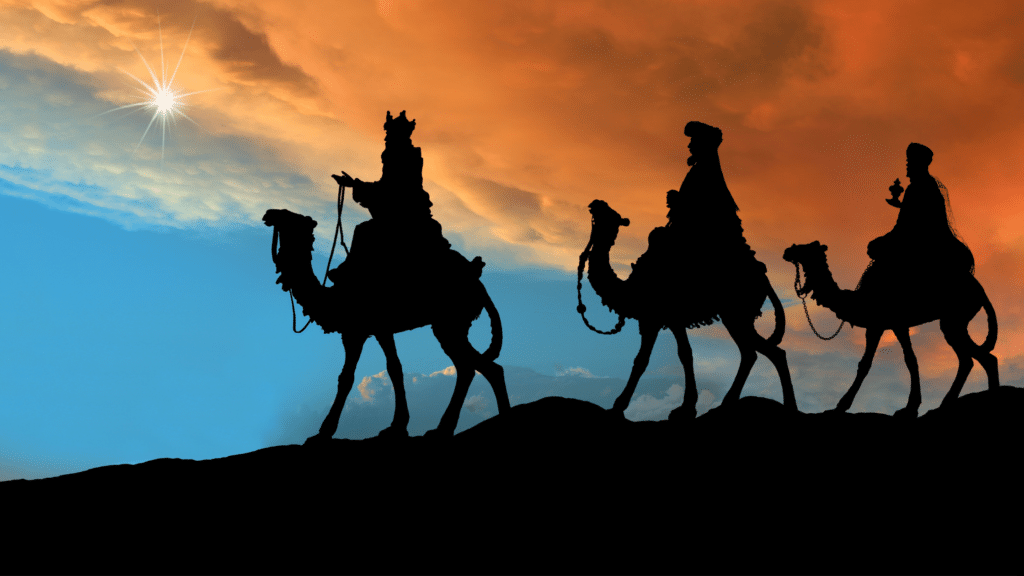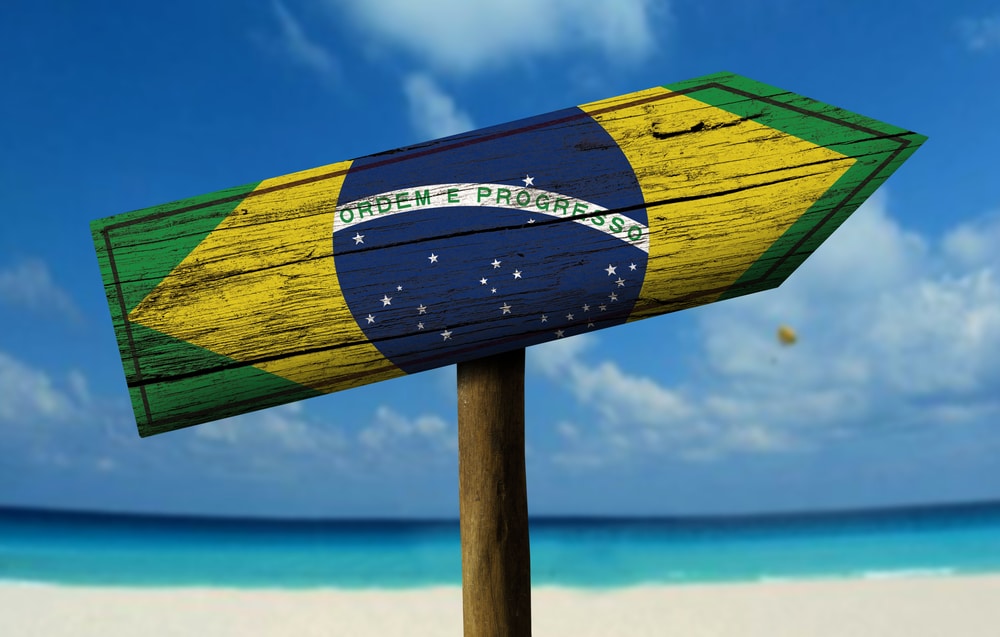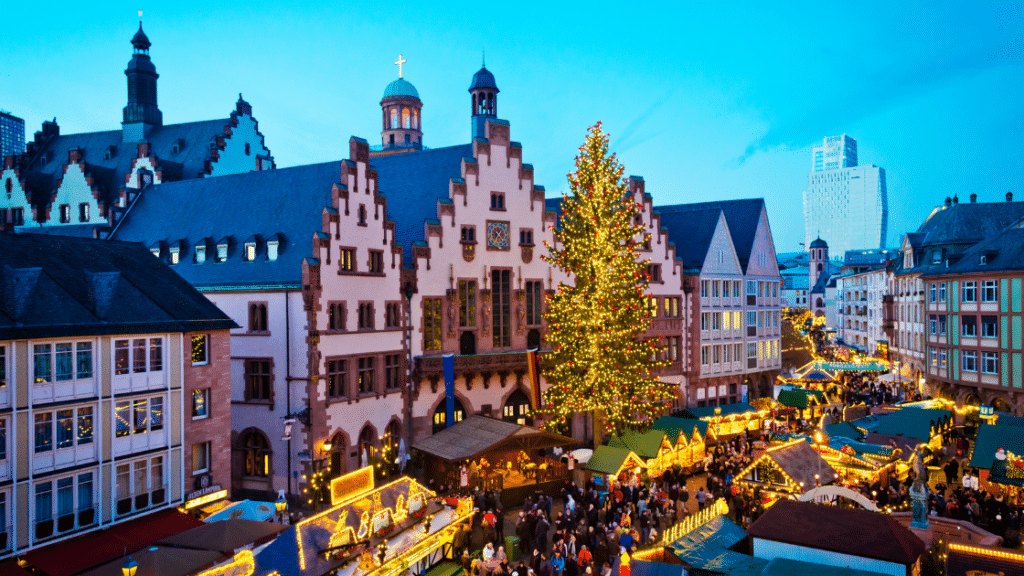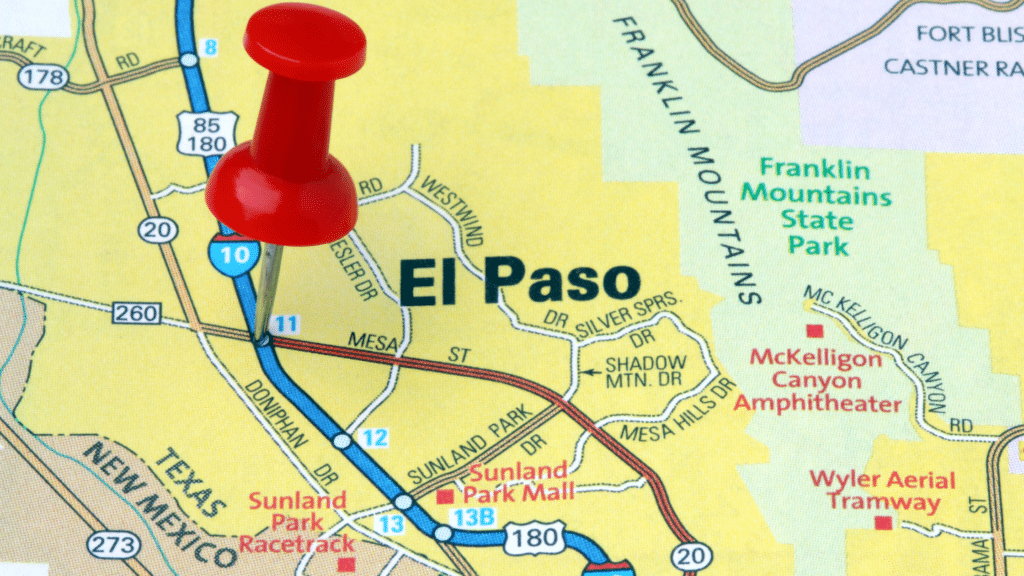
A Celebration Bigger than Christmas: Día de los Tres Reyes Magos
If you are ever in a Spanish-speaking country on January 5th and 6th, you will experience a celebration bigger than Christmas: Día de los Tres Reyes Magos (Day of the Three Wise Kings) also commonly known as Día de los Reyes. In the English-speaking world, January 6th is known as the Epiphany and celebrates the arrival of the Three Wise Men at the dwelling place of baby Jesus. Read on to learn four fun facts about Three Kings Day.

The Three Kings vs. The Three Wisemen
The Three Kings and the three wise men are one and the same. They came from the East to visit the Baby Jesus. Their names, according to tradition, are Gaspar, Melchior, and Balthazar. On January 6th, you will recognize Gaspar by his green robe and a golden jewel-adorned crown. This King of Sheba bears the gift of frankincense to Jesus. Melchior is distinguished by his white hair and beard. This Arabian King’s robe is gold or red, and he bears the gift of gold for the infant child. Balthazar’s black beard and purple robe differentiate him from the other two kings. This king of Tarse and Egypt usually has a darker skin tone than the other two. He bears the gift of myrrh for the Christ child.

The Three Kings Replace St. Nick
In the modern-day world, you may see an appearance by St. Nick, but that likely will only be on Christmas and presents will be few and far between. The real gift-bringers are the Three Wise Kings on January 6th. Children prepare for the esteemed guests by placing their shoes in an easily accessible a very visible place within the house. The Kings place the presents beside them. In days gone by, the presents were placed inside the shoes. The kids make sure to have plenty of sweets available for the Kings and have hay for their horses and camels.

The Whole City Celebrates
On the eve of Three Kings Day (January 5th), you will see everyone gathered on Main Street for a parade. The Three Kings will be present on their colorful floats accompanied by camel floats. Or you might see them on horseback or camelback. You will see brightly colored candy being tossed to the children (and adults). You might see people with their ladders, if you are in Spain. They are perching in hopes to get the most candy possible. You will see twinkling lights dotting the cityscape surrounding the various nativity scenes that are now complete with Baby Jesus and the Three Kings. The excitement throughout the city is just as electrifying as the transformer powering those lights.

Baby Jesus Selects the Host for Next Party
This tradition is strictly a Mexican one. The host of the Three Kings Day party either bakes or orders a Rosca de Reyes cake. It is in the shape of a wreath, for which it is named. It is topped with candied fruits and contains a surprise inside for at least one of its recipients. Baked into the cake is a tiny baby Jesus figurine. The baby inside the cake represents the Biblical account of when baby Jesus was secretly taken to Egypt to escape Herod’s campaign to eliminate any threat to his throne. One hopeful recipient will receive a piece of the bread with Jesus in it. That person will be the host for the Mexican celebration called Día de la Candelaria (Candlemas Day) on February 2nd. They will be responsible for making the tamales for all the guests. For this very reason, some modern bakeries bake in multiple babies to spread out the workload among multiple people from the group.

If you want to learn more about holiday celebrations in different countries, check out this article.





Responses